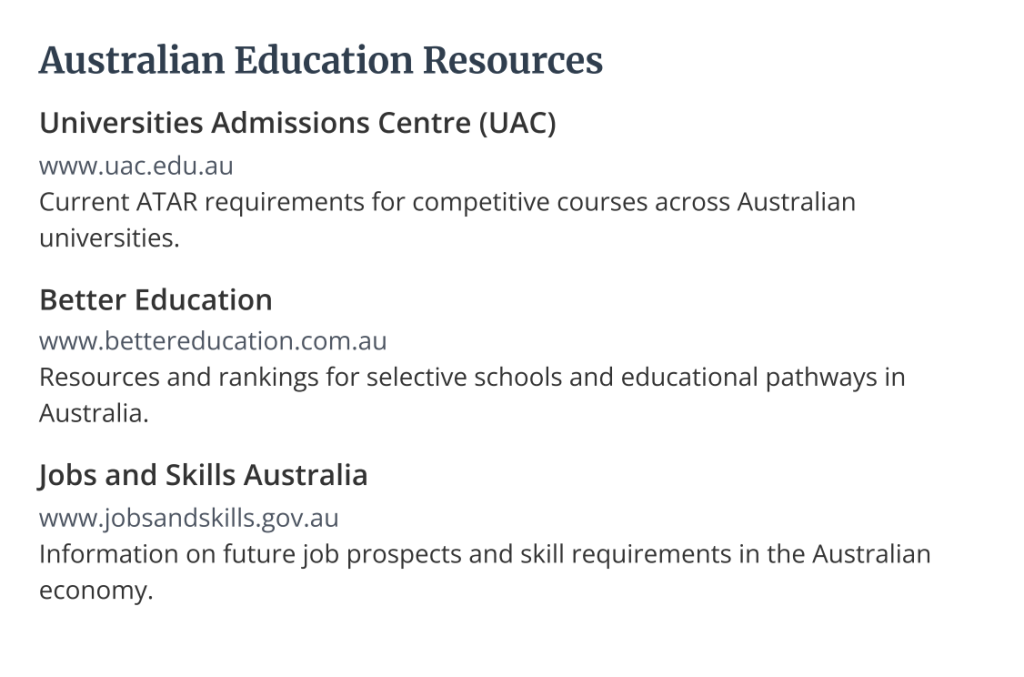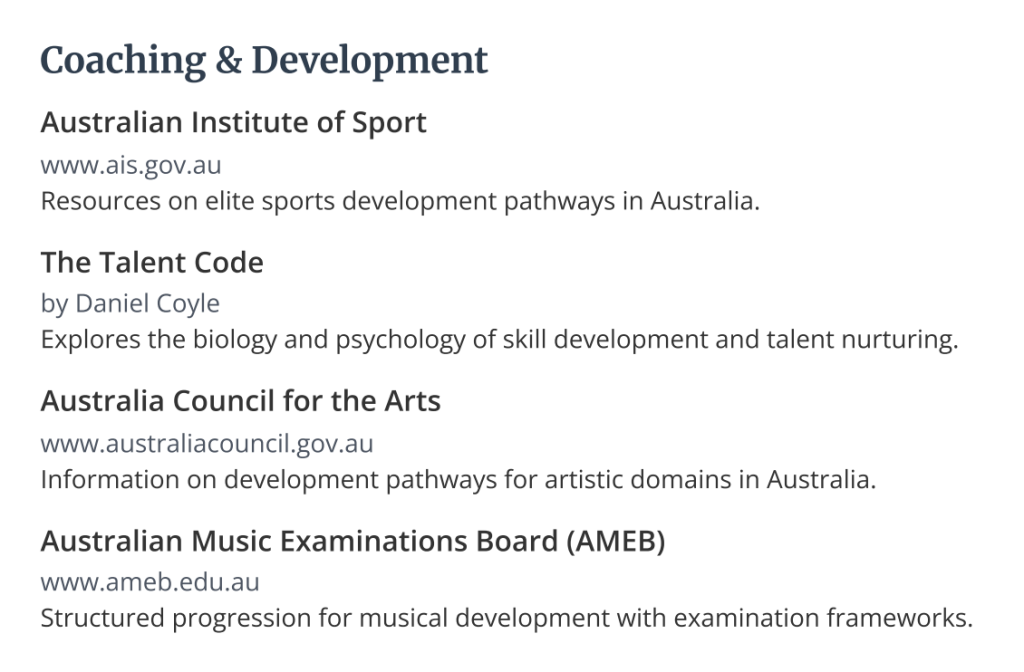The 10,000 Hour Rule: Achieving Elite Performance
Introduction to the 10,000 Hour Rule
The 10,000-Hour Rule, popularised by author Malcolm Gladwell in his book “Outliers,” proposes that achieving true expertise in any skill requires approximately 10,000 hours of deliberate, focused practice. This concept is based on research by psychologist Anders Ericsson, who studied elite performers across various domains and found that world-class excellence is rarely achieved through talent alone, but through sustained, deliberate practice over many years.
The rule suggests that to become an expert in any field—whether music, sport, coding, or academic pursuit—one must engage in approximately 10,000 hours of purposeful practice with proper feedback. This equates to roughly 20 hours of practice per week over 10 years, though the exact distribution may vary.
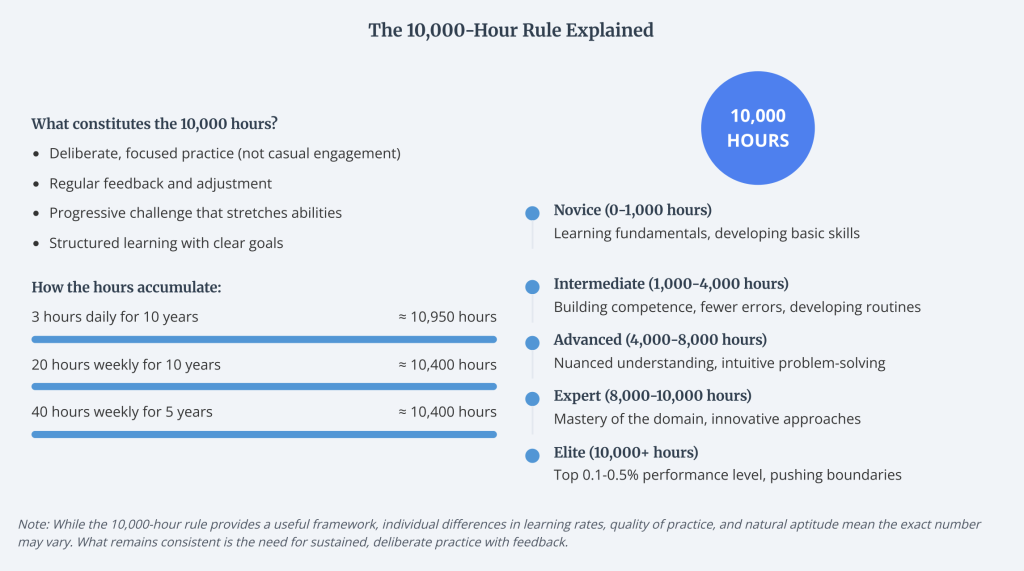
It’s crucial to understand that not all practice is equal. The rule emphasises “deliberate practice” rather than mere participation. Deliberate practice involves focused attention, specific goals, immediate feedback, and continuous refinement based on that feedback. Simply engaging in an activity for 10,000 hours without this deliberate approach will not yield expertise.
While some recent research has challenged the precise number of hours required, the fundamental principle remains valid: exceptional performance requires exceptional dedication to practice, refinement, and development over an extended period.
Defining Elite Performance
An essential aspect of understanding the 10,000 Hour Rule is clarifying what constitutes “Elite” performance. Elite refers to individuals who score in the top 0.05% to 0.01% of any given field. This is not merely being above average or even in the top 1% – it represents a level of extraordinary achievement reached by very few.

In academic contexts, elite performance might be represented by an ATAR of 99.5 or higher, placing a student in the top 0.5% of their peers. In music, it goes beyond achieving distinctions in examinations to competing successfully at national or international levels. In sports, it means not just representing one’s state but competing at national or international championships.
Elite performance is characterised by several key qualities:
- Exceptional technical proficiency that appears effortless
- Innovative approaches and creative problem-solving
- Ability to perform consistently at the highest level, even under pressure
- Deep, intuitive understanding of the domain
- Capacity to push boundaries and advance the field
It’s important to note that elite performance is domain-specific. Someone may achieve elite status in one area while remaining average in others. The 10,000-hour rule suggests that achieving this level of performance requires dedicated, deliberate practice in a specific domain rather than spreading effort across multiple areas.
Why Elite Performance Matters Today
The importance of achieving elite performance has never been greater than in today’s rapidly evolving global landscape. Several converging factors make the pursuit of mastery not merely advantageous but increasingly essential for future success.
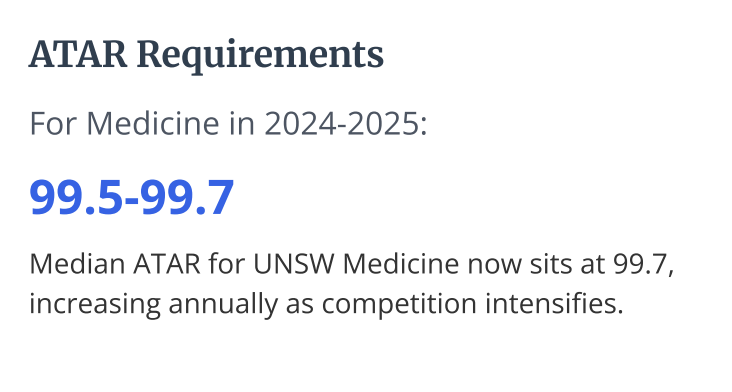
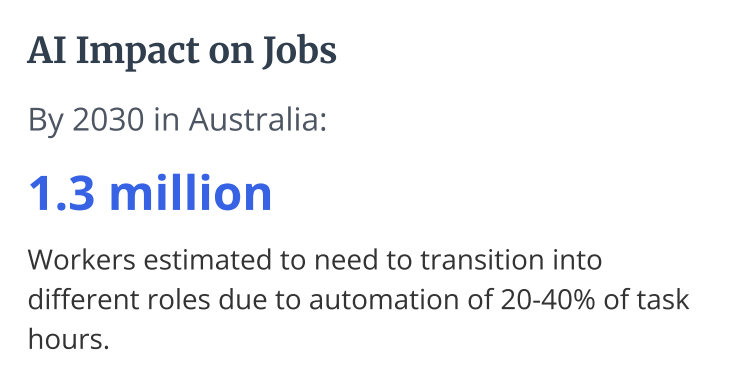
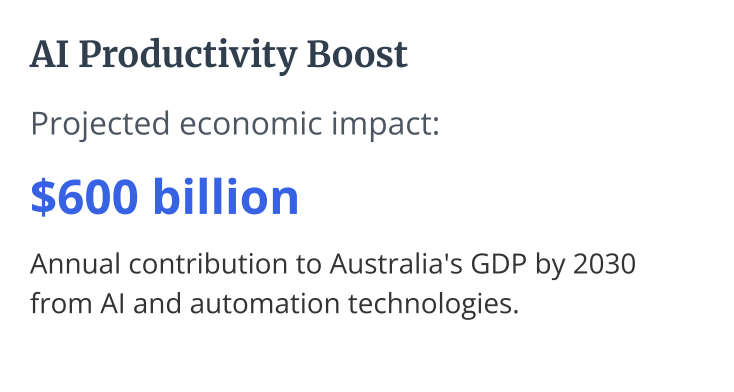
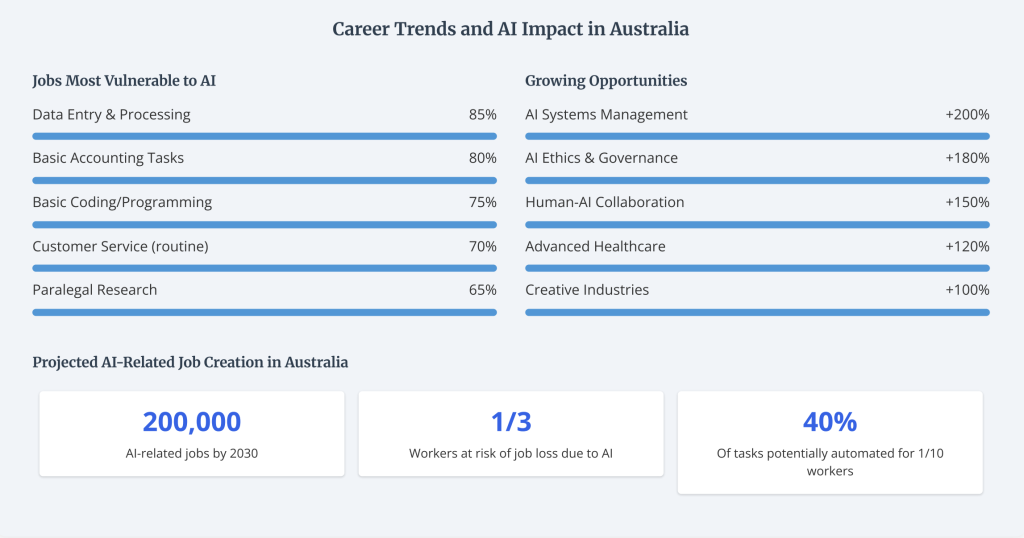
The convergence of several key trends makes elite performance increasingly valuable:
1. Accelerating Credential Inflation
Academic qualifications that provided access to prestigious career paths in previous decades are now considered baseline requirements. For example, medical school admission requirements continue to rise, with median ATARs for UNSW Medicine now at 99.7, compared to lower thresholds in previous decades.
2. AI and Automation Transforming the Job Market
Artificial Intelligence is rapidly replacing routine cognitive tasks. Research indicates that by 2030, approximately 1.3 million Australian workers will need to transition into different roles as 20-40% of task hours become automated. Those performing at merely average or slightly above average levels face the greatest displacement risk.
3. Global Competition for Top Positions
Australian professionals now compete in a global talent market. Elite firms increasingly hire from a worldwide talent pool, seeking those who demonstrate exceptional ability rather than merely adequate qualifications.
4. The Widening Performance-Reward Gap
The economic rewards for elite performance have grown disproportionately compared to average performance. In many fields, those in the top 0.5% receive substantially greater compensation and opportunities than those merely in the top 10%.
This environment creates a dichotomy: while average skills become increasingly commoditised and vulnerable to automation, elite skills become more valuable than ever. Those who achieve true mastery in their chosen fields can expect:
- Resistance to automation (as elite skills typically involve complex judgment, creativity, and interpersonal abilities)
- Premium compensation (as organisations compete for top talent)
- Greater autonomy and flexibility in career choices
- Access to leadership positions where they can shape their fields
- The ability to transition between roles and adapt to changing circumstances
In this context, the 10,000-hour rule becomes not merely a pathway to personal satisfaction but an essential framework for securing future prosperity and opportunity. As AI continues to replace routine skills, the premium placed on true human expertise will only increase.
Choosing the Right Domain for Mastery
Selecting the appropriate domain for applying the 10,000-hour rule is perhaps the most crucial decision in the journey toward elite performance. While academic excellence provides a solid foundation, identifying a specific area for deep mastery requires careful consideration of multiple factors.


The most strategic approach is to identify domains that offer a combination of:
1. Alignment with personal strengths and interests. The 10,000-hour journey requires sustained motivation. While external motivation can push someone for a few months or years, lasting commitment typically requires intrinsic enjoyment of the process itself.
2. Future resilience against automation. Skills that require complex judgment, emotional intelligence, creativity, or interpersonal connection are more resistant to automation. Pure technical skills, while valuable, may become increasingly vulnerable to AI replacement.
3. Transferability to multiple contexts. Some domains offer skills that transfer well across various applications. For example, elite performance in certain sports can develop mental toughness, strategic thinking, and teamwork that apply to numerous professional contexts.
4. Accessibility of quality coaching and resources. The rate of progress toward mastery is heavily influenced by the quality of guidance received. Some domains offer better access to world-class coaching within Australia than others.
“For young learners, academics should serve as the foundation, but identifying a complementary domain for deep mastery—whether artistic, athletic, or technical—provides advantages that extend far beyond school years and into professional life.”
For most children and young adults, a dual approach is recommended:
- Academic excellence as a foundational pursuit that opens doors to university and early career opportunities
- Domain-specific mastery in one carefully selected area that aligns with strengths and interests
This combined approach provides both the credentials needed for initial opportunities and the distinctive excellence that allows for career advancement and resilience in a rapidly changing economy.
The Role of Coaching and Feedback
The journey to elite performance cannot be effectively navigated alone. The quality, frequency, and specificity of feedback received during the 10,000 hours of practice fundamentally determines whether those hours lead to mediocrity or mastery.
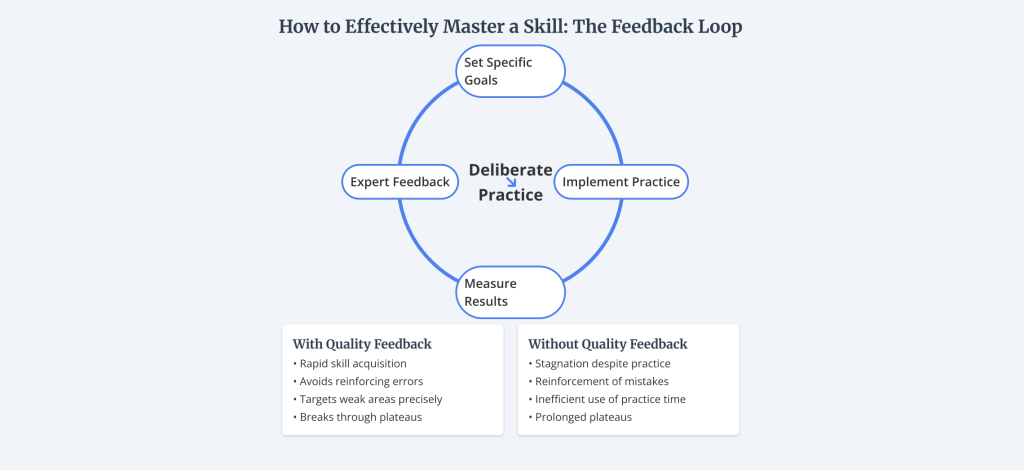
The quality of coaching has several critical dimensions:
1. Coach Expertise Level
The ceiling of a student’s progress is often determined by the expertise level of their coach. A coach who has themselves achieved elite status can identify subtle refinement that remain invisible to less accomplished instructors. This creates a hierarchy of coaching value:
- National/international level coaches > state-level coaches > local coaches
- Coaches from elite institutions > coaches from standard programs
- Coaches with experience developing elite performers > those with basic teaching credentials
2. Feedback Specificity and Frequency
Vague or infrequent feedback dramatically reduces the efficiency of practice. Elite performance requires detailed, specific feedback delivered at high frequency, allowing for continual refinement. The most effective coaching relationships include:
- Regular structured assessment of specific performance elements
- Concrete, actionable feedback rather than general encouragement
- Appropriate timing—immediate for technical corrections, delayed for strategic insights
- Video analysis and other technological aids to provide objective measurements
- A primary coach for consistent guidance
- Specialist coaches for specific technical elements
- Masterclasses or workshops with visiting experts
- Peer feedback from other elite performers
The psychological environment created by coaches significantly impacts development. The most effective coaches create:
- High expectations paired with belief in the student’s capability
- Challenge balanced with support
- Psychologically safe spaces for risk-taking and experimentation
- Motivation through meaningful goals rather than fear
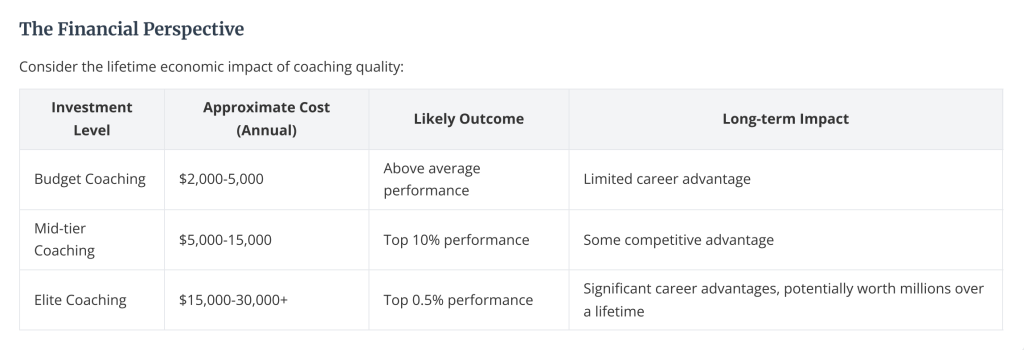
When viewed through this lens, the cost of high-quality coaching represents one of the most significant determinants of future success, far outweighing many other investments. Parents would be well-advised to prioritise coaching quality over quantity of activities or other material investments, recognising that the window for developing elite performance is limited and that the return on this investment extends throughout their child’s lifetime.
Transferring Mastery Across Domains
One of the most powerful aspects of achieving elite performance in a single domain is the potential to transfer these skills and attributes to other areas. While the specific technical skills may not directly transfer, the meta-skills developed through the 10,000-hour journey create a foundation for accelerated mastery in subsequent domains.

The transfer of mastery operates through several key mechanisms:
1. Development of Learning How to Learn
Those who have achieved elite status in one domain have essentially mastered the process of mastery itself. They understand how to:
- Break complex skills into component parts
- Design targeted practice routines
- Extract maximum value from coaching and feedback
- Monitor progress and adjust approaches accordingly
This meta-skill dramatically accelerates the acquisition of new skills in different domains.
2. Mental Frameworks for Excellence
Elite performers develop sophisticated mental frameworks that apply across domains:
- Systems thinking and process orientation
- Comfort with complexity and ambiguity
- Balancing attention to detail with strategic perspective
- Recognition of patterns and underlying principles
The psychological qualities required for elite performance transfer directly:
- Resilience and grit in the face of setbacks
- Comfort with sustained discomfort and challenge
- Self-regulation and emotional management
- Growth mindset and belief in improvement through effort
- Identify truly exceptional performance and distinguish it from merely good performance
- Select high-quality coaches and mentors
- Discern efficient pathways to improvement
- Evaluate information sources and learning resources critically

The rise of artificial general intelligence (AGI) will create a fundamental reorganisation of the value of human skills:
1. Skills Vulnerable to AI Displacement
Certain domains are rapidly becoming automated, even at relatively high skill levels:
- Routine programming and coding: Large language models can now generate code at a level that matches or exceeds average professional programmers
- Data analysis and interpretation: AI systems can process and interpret vast datasets more quickly and often more accurately than human analysts
- Content creation: Basic writing, image generation, and even video production are increasingly automated
- Routine legal work: Document review, basic contract generation, and legal research are being transformed by AI
Achieving merely “good” performance in these areas will likely not be enough to maintain competitive advantage as AI capabilities continue to advance.
2. Skills Enhanced by AI Collaboration
Some domains will see humans and AI work in powerful complementary relationships:
- Advanced healthcare: Doctors who can effectively partner with AI diagnostic systems will achieve superior outcomes
- Creative direction: Those who can effectively direct and curate AI-generated content will create new forms of value
- AI orchestration: The ability to coordinate multiple AI systems to solve complex problems will become highly valued
- Data strategy: Determining what data to collect and how to structure it for AI analysis will remain human-driven
3. Skills That Remain Distinctly Human
Some domains will continue to value human expertise, particularly at elite levels:
- Interpersonal intelligence: The ability to build genuine human connection, inspire teams, and navigate complex social dynamics
- Ethical judgment: Making nuanced moral determinations in complex, unprecedented situations
- Cross-disciplinary innovation: Connecting insights across seemingly unrelated domains in novel ways
- Physical performance: Athletic and artistic domains that involve physical skill and embodied knowledge
The implications for the 10,000-hour rule in an AI-driven future are significant:
1. Elite status becomes more valuable.
The ability to rapidly learn, adapt, and master new domains becomes more valuable than specific technical knowledge, which may become outdated or automated.
Learning to effectively direct, collaborate with, and leverage AI systems will become an increasingly valuable meta-skill across domains.
2. Meta-skills become critical. The ability to rapidly learn, adapt, and master new domains becomes more valuable than specific technical knowledge, which may become outdated or automated.
3. Domain selection requires foresight. Parents and young people must carefully consider which domains are likely to remain valued as AI capabilities advance, focusing their 10,000 hours accordingly.
4. Human-AI collaboration becomes a skill itself. Learning to effectively direct, collaborate with, and leverage AI systems will become an increasingly valuable meta-skill across domains.
“In an AI-augmented world, the greatest premium will be placed not on those who compete with AI, but on those who can direct it, complement it, or excel in areas AI cannot reach. The 10,000 hours should be invested with this fundamental shift in mind.”
This suggests that the most future-proof application of the 10,000-hour rule will involve domains that combine technical mastery with distinctly human qualities—emotional intelligence, ethical judgment, creative vision, and physical performance—creating value that remains distinctly human even as AI capabilities continue to advance.
Practical Applications for Parents
Applying the 10,000-hour rule effectively requires thoughtful planning, investment, and support. The following practical guidelines can help parents navigate this journey with their children.




“The window for developing elite performance is relatively narrow. The investment made during the critical years of ages 9-15 yields returns that compound throughout a lifetime, while missed opportunities during this period are difficult to recover later.”
Finally, parents should consider their own mindset and approach:
- Model purposeful effort. Children are more likely to commit to excellence when they observe parents pursuing mastery in their own domains.
- Provide presence and attention. Physical presence during practice sessions, competitions, and performances demonstrates that the development journey is valued.
- Embrace a long-term perspective. Understand that significant results may take years to materialise, and short-term sacrifices may be necessary.
- Focus on process over outcomes. Emphasise quality of effort and incremental improvement rather than rankings or external validation.
- Balance achievement with character. Ensure that the pursuit of excellence nurtures positive personal qualities alongside domain-specific skills.
By thoughtfully applying these principles, parents can help their children navigate the 10,000-hour journey toward elite performance, creating a foundation for exceptional achievement and adaptability in an increasingly competitive and AI-augmented world.
Recommended Resources
The following resources provide deeper insights into the concepts discussed in this document and offer practical guidance for implementing the 10,000-hour rule.


